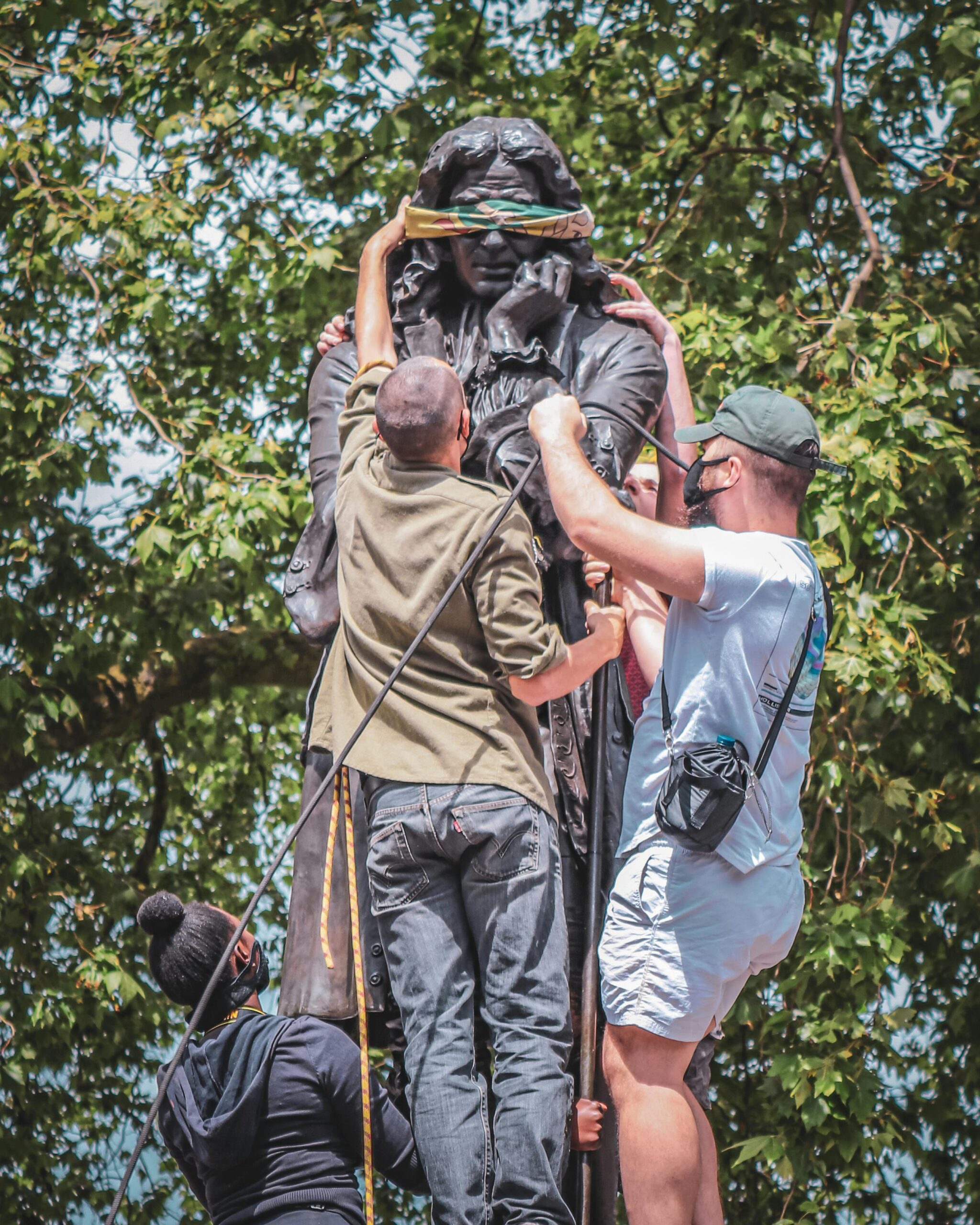Bristol Colston Street is a treasure trove of hidden gems and a remarkable tapestry of rich history waiting to be explored. Nestled in the heart of Bristol, this vibrant street offers a unique blend of cultural landmarks, eclectic shops, and intriguing stories that span centuries. Have you ever wondered what secrets lie within this bustling thoroughfare? Join us as we uncover the fascinating past and present of Colston Street, revealing why it’s a must-visit destination for both locals and tourists alike.
As you stroll down Bristol Colston Street, you’ll discover a variety of attractions that showcase the city’s diverse heritage. From historic buildings that echo the tales of yesteryear to contemporary art spaces that celebrate modern creativity, there’s something here for everyone. Did you know that this street was named after Edward Colston, a controversial figure in Bristol’s history? His legacy sparks conversations about social justice and cultural awareness, making Colston Street not just a place to visit, but also a space to reflect and engage with important issues.
The vibrant atmosphere of Colston Street is enhanced by its array of local businesses, cafes, and street art that breathe life into the area. Whether you’re in search of unique gifts, delicious food, or simply a lovely place to unwind, the street offers an experience unlike any other. So, are you ready to explore the hidden gems that Bristol Colston Street has to offer? Get ready to be captivated by its rich history and the vibrant community that calls this street home!
Uncover the Untold Stories of Bristol Colston Street: A Journey Through Time

Bristol Colston Street is more than just a thoroughfare; it’s a place steeped in history, where every corner holds a story waiting to be uncovered. The street, named after the controversial figure Edward Colston, has been at the heart of conversations about heritage, memory, and identity. It’s a journey through time that reveals hidden gems and layers of richness that many visitors might overlook.
A Glimpse Into the Past
Edward Colston was a merchant and philanthropist in the 17th century, known for his involvement in the transatlantic slave trade. His legacy is complex, and the recent events surrounding the statue of Colston have sparked debates about how we remember the past. Bristol Colston Street, therefore, becomes a focal point for discussions on historical narratives and the impact of colonialism.
- Colston’s Background:
- Born in 1636 in London
- Moved to Bristol, where he made his fortune
- Involved heavily in the slave trade
- Donated money to build schools, hospitals, and churches
The street is also home to many businesses, cultural institutions, and events that reflect the vibrant community of Bristol today.
Hidden Gems Along Colston Street
Walking down Bristol Colston Street, one can discover a range of hidden gems that showcase the city’s diverse culture. Here are some notable spots you might of missed:
Colston Hall: A concert hall that has hosted legendary artists from various genres. It’s currently undergoing a major renovation, aiming to enhance its facilities while respecting its historical significance.
St. Stephen’s Church: This striking church, dating back to the 12th century, is a peaceful oasis amidst the bustling street. Its architecture is an example of Gothic Revival style, and it often hosts art exhibitions and community events.
Bristol Old Vic Theatre: The oldest continually working theatre in the English-speaking world, it brings a rich programme of performances, from classic plays to contemporary works.
Local Cafés and Restaurants: There’s a number of eateries that offer everything from traditional British fare to international cuisine, perfect for a quick bite or a leisurely meal.
The Importance of Community Engagement
The transformation of Bristol Colston Street reflects the community’s desire to engage with its history in meaningful ways. Many local groups and organisations are actively involved in projects aimed at redefining the narrative of the street.
- Public Art Initiatives: Various art installations have popped up, reflecting the thoughts and feelings of the community regarding Colston and the wider implications of colonial history.
- Educational Programs: Schools and local organisations often run workshops that educate people on the history of the street, fostering dialogue about race, identity, and history.
Events That Bring Life to Bristol Colston Street
Throughout the year, Bristol Colston Street plays host to a variety of events that draw locals and tourists alike. Some events include:
- Bristol Festival of Ideas: An annual event that promotes discussions on culture, politics, and society, featuring speakers from various backgrounds.
- Bristol Street Art Festival: Celebrating the city’s vibrant street art scene, this festival showcases local and international artists, transforming the street into an open-air gallery.
- Christmas Markets: During the festive season, Colston Street lights up with stalls selling crafts, food, and festive treats, bringing a sense of community spirit.
Comparing the Past to the Present
It’s interesting to compare the historical narrative of Colston Street with its modern-day incarnation. Once a symbol of wealth and exploitation, it now represents resilience and community dialogue.
| Aspect | Historical Significance | Modern Interpretation |
|---|---|---|
| Edward Colston’s Role | Merchant and slave trader | Controversial figure in discussions of race |
| Community Engagement | Limited to elite circles | Active involvement of local communities |
| Cultural Events | Few and far between | Diverse and inclusive, reflecting modern values |
Bristol Colston Street is a testament to the evolution of a community grappling with its past while looking towards a more inclusive future.
As you wander down this historically rich street, take time to appreciate the stories hidden in plain sight. Each building, each plaque, and each community member contributes to the ongoing narrative of Bristol, making it a place that is not just about the past but also about forging a path forward. The journey through Bristol Colston Street is one that invites reflection, discussion, and, ultimately, understanding.
Top 7 Hidden Gems Along Bristol Colston Street That Every Local Should Visit
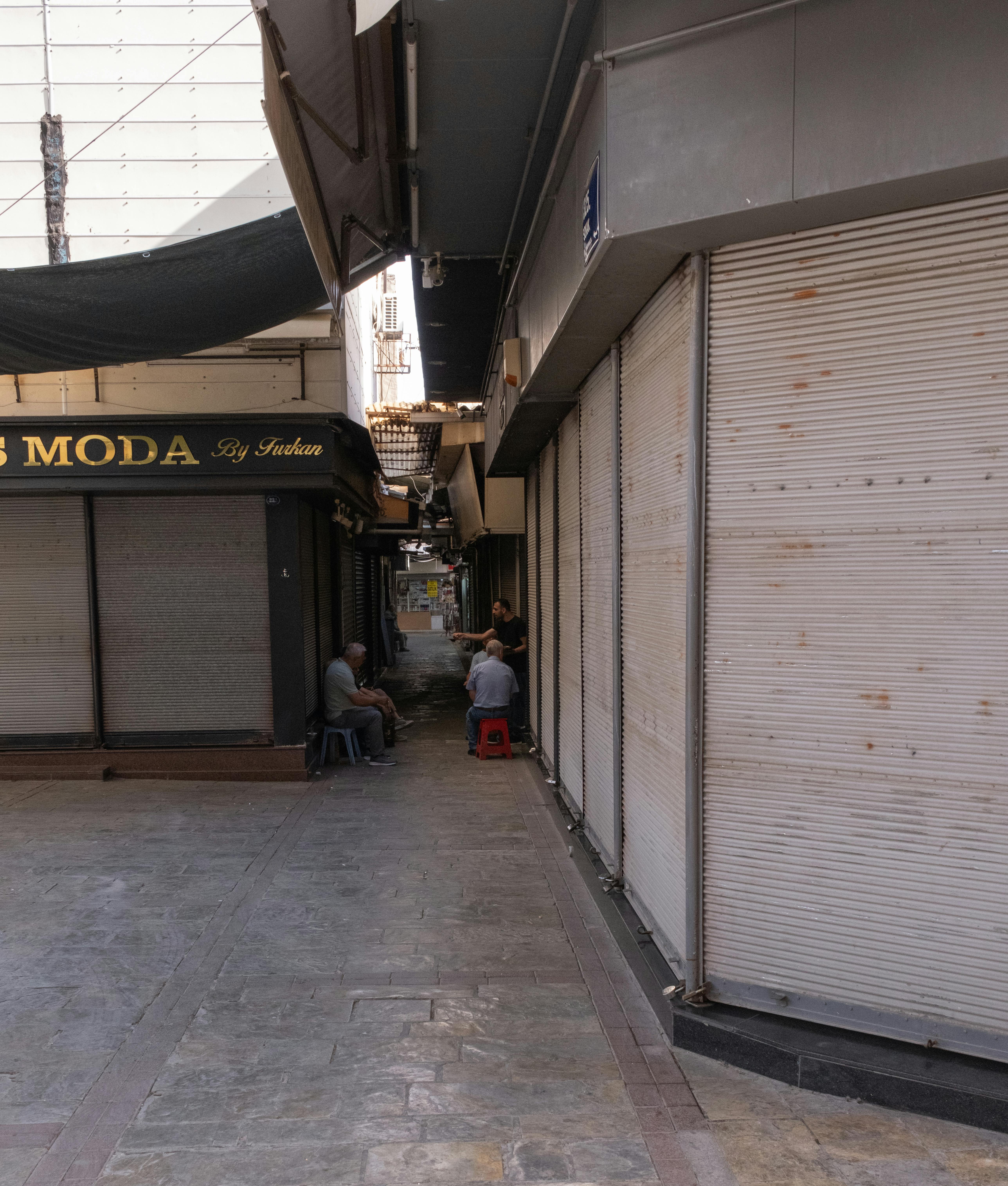
Bristol Colston Street is a vibrant stretch that holds more than just the usual shops and cafes. It’s a treasure trove of hidden gems that locals often overlook. From its rich historical context to quirky spots that offer unique experiences, this street is worth exploring. In this article, we will uncover the top 7 hidden gems along Bristol Colston Street that every local should visit.
1. The Bristol Old Vic
This theatre is one of the oldest continuously working theatres in the English-speaking world. Founded in 1766, it showcases a mix of classic and contemporary performances. It’s easy to miss if you’re not looking for it, but stepping inside transports you to a world of drama and history. The architecture is stunning, with its Georgian facade inviting theatre lovers and casual visitors alike.
2. The Coffee House
For those who love a good brew, The Coffee House is a must-stop. It’s not just about the coffee here, although it’s brilliant. They also serves homemade pastries and light bites. The atmosphere is cozy, perfect for catching up with friends or just diving into a good book. Plus, they often have local art displayed, which makes it a cultural hub as well.
3. The Riff Raff
This bar is known for its eclectic decor and relaxed vibe. It often host live music events that feature local talent. The drinks menu is extensive, with unique cocktails that you won’t find anywhere else. It’s a great spot to unwind after a long day of exploring. If your lucky, you might even catch an impromptu jam session.
4. The Bristol Museum & Art Gallery
Just a short walk down from Colston Street, this museum is packed with fascinating exhibits. It covers everything from natural history to fine art. The best part, it’s free! Locals often forget about it, but it’s a perfect spot to spend a rainy afternoon. Some highlights include:
- Egyptian mummies
- A vast collection of art from the 18th century to the present
- Interactive exhibits for kids
5. The Exchange
This unique venue combines a bar, a live music space, and a community hub. It’s a place where you can grab a pint while listening to local bands. The Exchange also provides a platform for emerging artists, making it a vital part of Bristol’s creative scene. If you’re into music, this is a hidden gem you can’t miss.
6. The Bearpit
Located just off Colston Street, The Bearpit is an area that has seen significant transformation in recent years. Originally a roundabout, it now serves as a public space with art installations, food stalls, and a lively atmosphere. It’s a great spot to grab some street food and soak in the local culture. The Bearpit often hosts events, making it a hub of activity.
7. St. John on the Wall
This ancient church is tucked away not far from Colston Street and is a true hidden gem. It dates back to the 12th century and offers a serene escape from the bustling street. Visitors can appreciate its historical significance and stunning architecture. The church occasionally host exhibitions and events, making it a peaceful yet engaging stop.
Why Explore Bristol Colston Street?
Bristol Colston Street is more than just a thoroughfare; it’s a reflection of the city’s vibrant culture and history. Each of these hidden gems offers something unique, inviting locals to explore beyond the ordinary. Whether you’re a history buff, a coffee lover, or someone looking for live music, there’s something here for everyone.
Practical Tips for Your Visit
- Transport: Colston Street is easily accessible by public transport. Buses frequently run through the area, and it’s a short walk from the city centre.
- Timing: Weekdays are less crowded, making it easier to explore. However, weekends often feature more events and activities.
- Safety: Like any urban area, it’s wise to keep your belongings secure, especially in busier spots.
Bristol Colston Street is a microcosm of the city’s rich tapestry. From the historic Bristol Old Vic to the vibrant Bearpit, there’s something for everyone to discover. Don’t overlook these hidden gems on your next walk down the street; immerse yourself in the local culture and history. Each visit can reveal something new, making it a place of endless exploration.
Why Bristol Colston Street Is a Must-See for History Buffs: Discover Its Fascinating Past
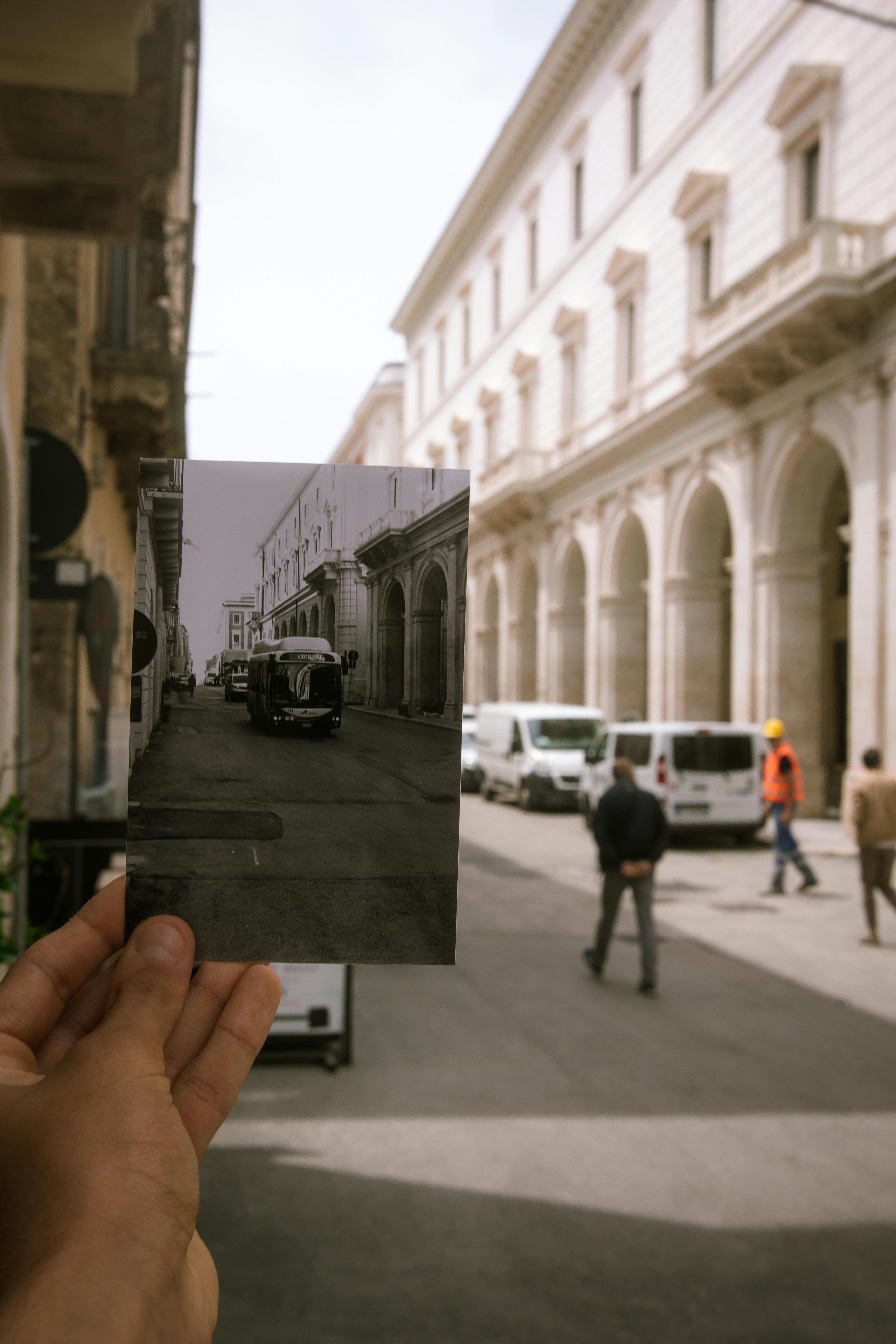
If you’re wandering through the vibrant streets of Bristol, Colston Street is surely a spot that should not be missed for history buffs and casual visitors alike. This street, with its rich tapestry of historical events, stands as testament to Bristol’s complex past. But what makes Bristol Colston Street a must-see? Let’s dive into its fascinating history and the hidden gems it holds.
The Historical Significance of Colston Street
Bristol has a long and often tumultuous history, and Colston Street is part of that narrative. Named after Edward Colston, a prominent merchant and philanthropist in the 17th century, the street reflects the dichotomy of his legacy. Colston made a fortune through the slave trade, which was a common practice during his time. He became known for his charitable contributions towards schools, hospitals, and other public works, but the source of his wealth has sparked significant debate and controversy.
- Edward Colston: Born in 1636, he became a trader who profited from the transatlantic slave trade.
- Philanthropy vs. Exploitation: Colston’s donations led to institutions like Colston’s School, yet his involvement in slavery has led to calls for re-evaluating his legacy.
Exploring the Street’s Attractions
Colston Street is not just a name; it hosts a variety of sites that connect visitors to Bristol’s past. From memorials to educational establishments, these attractions serve as gateways to understanding the city’s history.
Some notable spots include:
- Colston Hall: A historic concert venue that has hosted countless artists, it was named after Colston and is undergoing renovations to continue its legacy.
- The Colston Statue: Originally a prominent landmark, this statue became a focal point of protests against racial injustice, culminating in its removal in 2020.
- Bristol Museum & Art Gallery: A short walk away, it offers insights into Bristol’s history, including its maritime past and the impact of the slave trade.
Hidden Gems and Local Insights
While the main attractions are surely worth visiting, Colston Street and its surroundings offers some lesser-known gems that can often be overlooked:
- Street Art: Bristol is renowned for its street art, and Colston Street features various murals and installations that reflect social movements and community sentiments.
- Local Cafés and Shops: Numerous independent cafés and boutiques line the street, where you can get a taste of Bristol’s vibrant local culture.
- Community Events: Throughout the year, Colston Street hosts various events that celebrate Bristol’s cultural diversity. Check local listings to see what’s happening.
A Walk Through Time
Visiting Colston Street is like taking a walk through time. The architecture along the street tells stories of different eras, while the people you meet can share personal anecdotes that enrich your understanding.
When planning your visit, consider these tips:
- Take a Guided Tour: Some local organisations offer walking tours that delve deeper into the history of Colston Street and its surrounding area.
- Visit Nearby Attractions: Don’t miss out on nearby places like the Harbourside and the Clifton Suspension Bridge, which are easily accessible from Colston Street.
- Engage with the Community: Local residents often have rich stories to tell, so don’t hesitate to strike up a conversation.
The Controversy and Conversations
The legacy of Edward Colston has ignited passionate discussions about historical figures and how they should be remembered today. The removal of his statue was a significant moment in Bristol’s history, prompting dialogues about race, heritage, and public memory.
- Public Sentiment: Many residents support the removal, believing it reflects a modern stance against racism. Others feel that history should be preserved, even if it’s uncomfortable.
- Educational Initiatives: Local schools and community groups are working to educate people on Bristol’s history, ensuring that both the good and the bad are acknowledged.
Bristol Colston Street is more than just a location; it’s a microcosm of the complexities of history, culture, and community. As you stroll along, allow yourself to absorb the stories embedded in its walls and the lessons they impart. Whether you’re a history buff or simply curious, Colston Street offers a compelling glimpse into the multifaceted narrative of Bristol, making it a must-see destination for everyone.
The Best Cafés and Shops on Bristol Colston Street: Your Ultimate Guide to Local Treasures
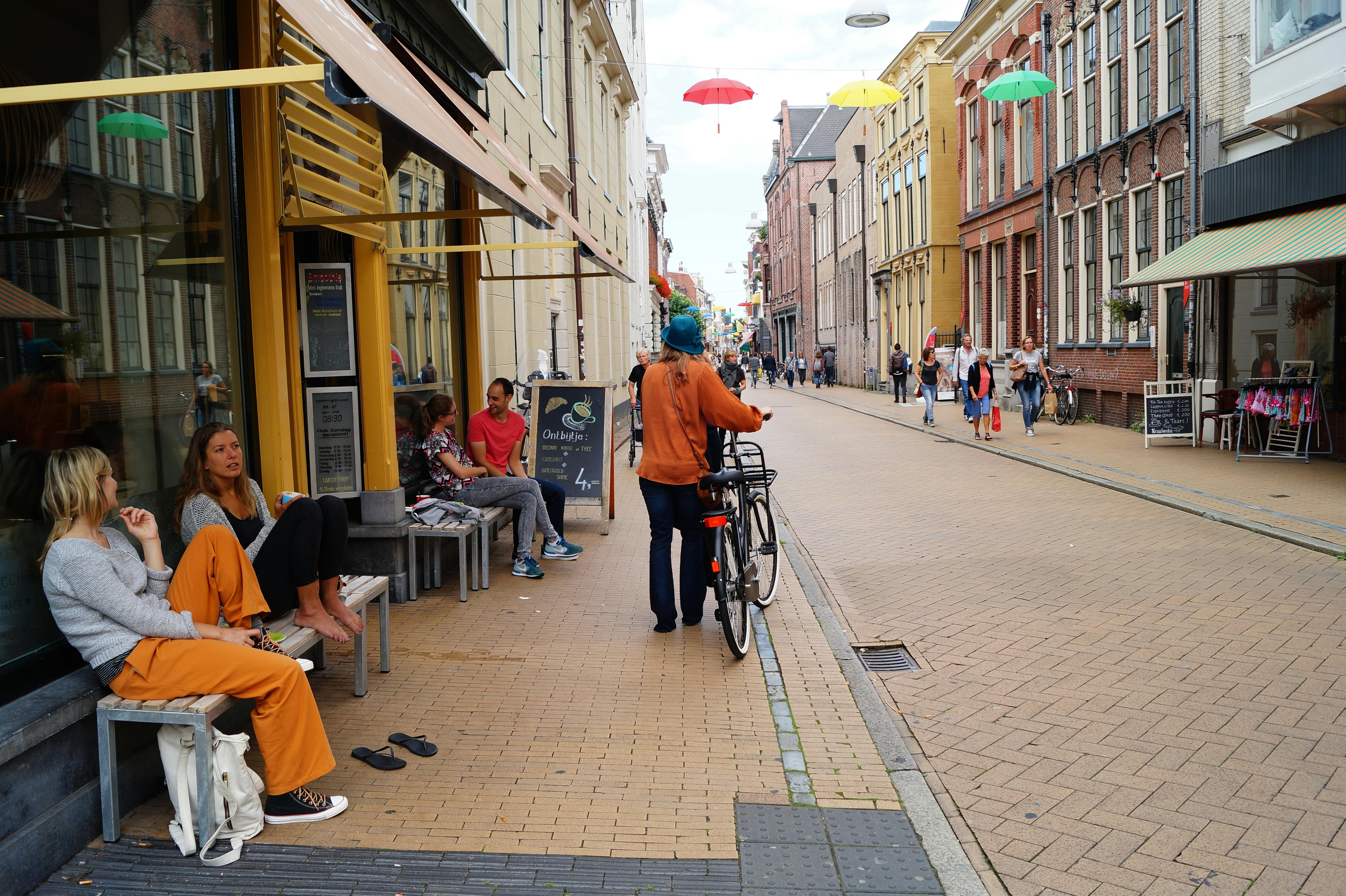
Bristol’s Colston Street is a vibrant centre of culture and commerce, home to an array of cafés and shops that showcase the city’s unique character. This guide aims to help you navigate through some of the best local treasures, offering a glimpse into the history and charm of the area.
A Historical Overview of Colston Street
Originally named after Edward Colston, a controversial figure in Bristol’s history, Colston Street has seen many changes over the years. It reflects the city’s evolution from its maritime past to a modern hub of creativity and community. The street once was a key part of the city’s trade routes, and now it serves as a lively destination for both locals and tourists.
Must-Visit Cafés on Colston Street
When it comes to cafés, Colston Street surely doesn’t disappoint. Here are some spots you might want to check out:
The Coffee House: Known for its artisanal brews and cozy atmosphere, this place is perfect for catching up with friends or enjoying a quiet moment with a good book. Their flat whites is highly recommended.
Café Gusto: This charming little café offers an extensive menu of delicious brunch items. Their avocado toast and homemade cakes has received rave reviews.
Café on the Corner: As the name suggests, it’s situated right at the end of the street. Famed for its friendly staff and inviting ambience, they serve a variety of teas and coffees that will keep you coming back.
Unique Shops to Explore
Colston Street is not just about cafés; it’s also a treasure trove of unique shops. Here’s a look at some of the best:
The Bookish Type: A haven for book lovers, this independent bookstore features a carefully curated selection of titles. From fiction to non-fiction, there’s something for everyone. They also host regular book readings and signings.
Bristol Vintage: For those who love a good bargain, Bristol Vintage offers an eclectic mix of second-hand clothing and accessories. Their collection changes frequently, so it’s worth popping in regularly.
Artisan Market: On weekends, a small artisan market pops up, showcasing local makers and craftspeople. Expect handmade jewellery, artisanal foods, and unique homewares. It’s a great place to find a special gift or treat yourself.
Things to Do Around Colston Street
While you’re exploring Colston Street, there are plenty of activities to keep you entertained. Here are some ideas:
Visit the Bristol Museum & Art Gallery: Just a short walk away, this museum offers fascinating exhibits on Bristol’s history, archaeology, and art. It’s a great way to learn more about the city’s past.
Enjoy a Walk in College Green: A beautiful green space nearby, College Green is perfect for a leisurely stroll or a picnic. It offers lovely views of the Cathedral and is often bustling with local events.
Experience the Nightlife: Colston Street’s nightlife is vibrant, with numerous bars and live music venues. Check out the listings for gigs and events happening during your visit.
Tips for Navigating Colston Street
Best Time to Visit: Weekdays are typically quieter, making it easier to explore the shops and cafés. However, weekends offer a livelier atmosphere with more events and markets.
Getting There: Colston Street is easily accessible by public transport. Several bus routes run through the area, and there are bike-sharing services available too.
Parking: If you’re driving, be aware that parking can be tricky. There are some pay-and-display options nearby, but it can fill up quickly.
Local Events and Festivals
Bristol is known for its festivals, and Colston Street hosts its fair share. Whether it’s a food festival, a craft fair, or a live music event, there’s often something happening. Keep an eye on local listings or social media for upcoming events that might coincide with your visit.
In a nutshell, Bristol’s Colston Street is a delightful mix of rich history, local cafés, and unique shops that truly reflect the city’s spirit. Whether you’re a lifelong resident or a curious visitor, there’s always something new to discover. So grab a coffee, explore the shops, and soak in the vibrant atmosphere of this special street in Bristol.
How Bristol Colston Street Reflects the City’s Cultural Evolution: A Deep Dive into Its Rich Heritage
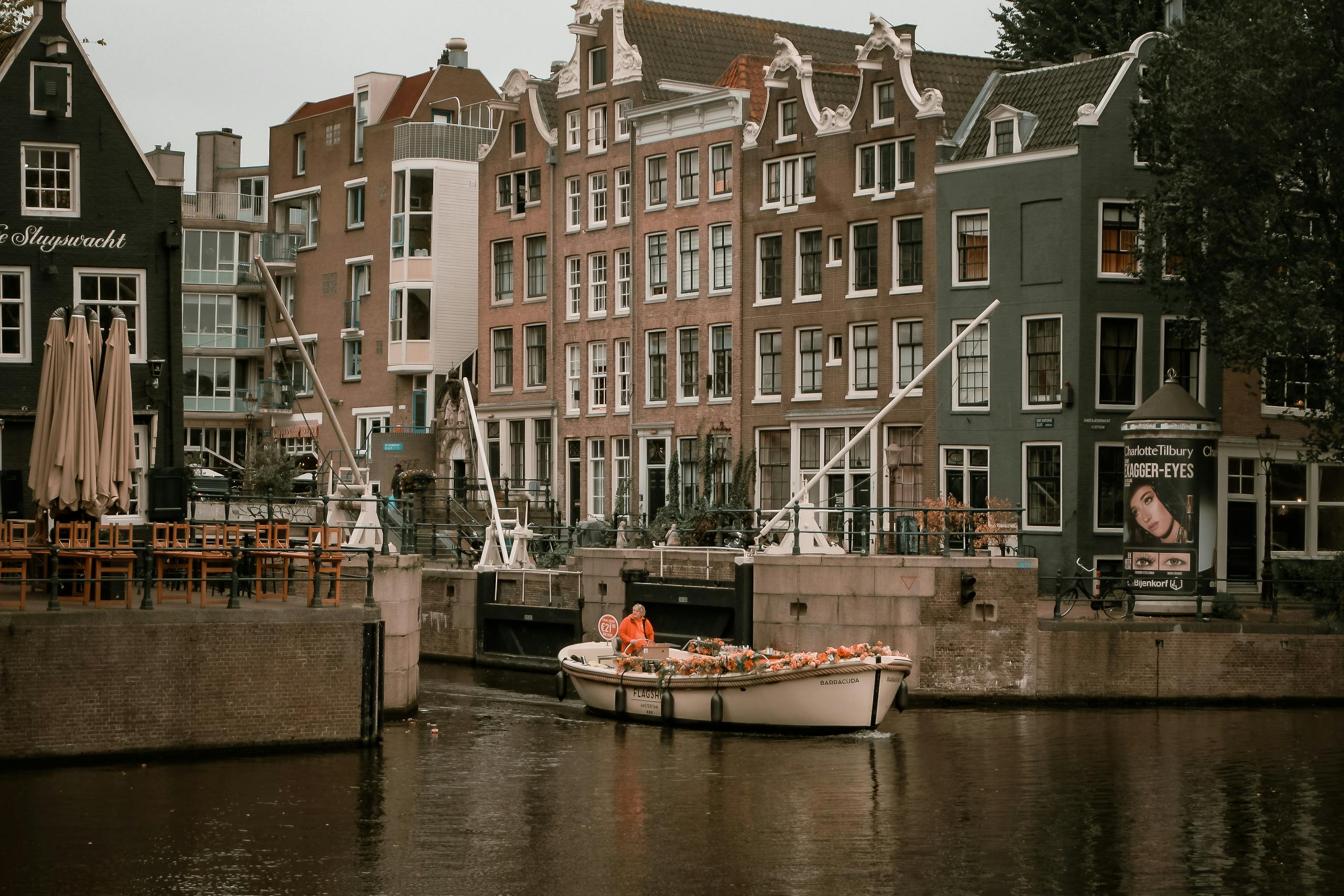
Bristol Colston Street is a fascinating reflection of the city’s cultural evolution, showcasing a rich tapestry of history, conflict, and resilience. Located in the heart of Bristol, this street, once named after the controversial figure Edward Colston, has become a focal point for discussions about heritage and identity in the modern age. As Bristol continues to evolve, Colston Street serves as a reminder of the past and a canvas for the future.
The Historical Significance of Colston Street
Colston Street is named after Edward Colston, a 17th-century merchant and philanthropist who was heavily involved in the transatlantic slave trade. The street, along with several monuments and institutions bearing his name, sparked heated debates about the legacy of slavery and the appropriateness of commemorating figures linked to such a dark chapter in history. In 2020, following the Black Lives Matter protests, a statue of Colston was pulled down, marking a significant moment in Bristol’s ongoing discussions about race, history, and accountability.
- Colston’s legacy includes:
- Funding for schools and hospitals in Bristol.
- His role in the slave trade, which caused immense suffering.
- The ongoing debate around his commemoration and the impact on Bristol’s identity.
Cultural Evolution: From Edward Colston to Modern Bristol
The transformation of Colston Street is emblematic of a broader cultural shift happening across the city. As Bristol grapples with its historical ties to slavery, the community is actively rethinking how it honours its past while embracing its diverse present. The street has seen a surge of creative expression, with murals and street art that celebrate local culture and challenge historical narratives.
Key aspects of this cultural evolution include:
- Public Art Installations: Artists have used the space to create works that reflect the struggles and achievements of marginalised communities.
- Community Engagement: Local groups are organising events and discussions to educate the public about Bristol’s complex history.
- Modern Commerce: New businesses are springing up in the area, showcasing local artisans and entrepreneurs who contribute to the city’s vibrant economy.
Discovering the Hidden Gems of Colston Street
While Colston Street is steeped in history, it also offers a variety of hidden gems that visitors might overlook. Here’s a list of must-see spots:
- The Bristol Beacon: A renowned music venue that hosts diverse performances, from classical concerts to contemporary gigs.
- Street Art: The walls along Colston Street are adorned with stunning murals that tell stories of Bristol’s cultural diversity and resilience.
- Local Cafés and Shops: Quaint little cafés offer delicious local produce and unique gifts that reflect Bristol’s creative spirit.
- Community Spaces: Various initiatives provide safe spaces for dialogue and creativity, fostering a sense of belonging among residents.
A Comparison: Colston Street Then and Now
To truly appreciate the evolution of Colston Street, it helps to compare its past and present. Here are some key contrasts:
| Aspect | Colston Street in the Past | Colston Street Today |
|---|---|---|
| Name Recognition | Primarily associated with Edward Colston | A symbol of cultural change and activism |
| Public Perception | Viewed as a site of historical significance | Seen as a space for community and diversity |
| Artistic Expression | Limited artistic presence | Vibrant murals and street art |
| Community Involvement | Minimal public engagement | Active discussions and events |
The Importance of Remembering and Reimagining
Understanding the significance of Bristol Colston Street requires an appreciation for both its troubled past and its hopeful future. Through the lens of its history, the street becomes a powerful symbol of how a city can confront its legacy while fostering a more inclusive community. The ongoing efforts to reimagine spaces like Colston Street highlight the importance of dialogue and reflection in shaping a better future.
As Bristol continues to evolve, Colston Street remains an important site for introspection, celebration, and the kind of difficult conversations that can lead to real change. The street embodies the spirit of a city that refuses to forget its past but is committed to building a more just and equitable society for all its residents. Each visit to Colston Street reveals layers of history, culture, and community that are as rich and complex as the city itself.
Bristol Colston Street thus invites everyone to not just look, but to see—see the history, the art, and the vibrant community that continues to redefine what it means to live in this remarkable city.
Conclusion
In conclusion, Colston Street in Bristol serves as a focal point for the ongoing dialogue surrounding historical figures and their legacies. The street, named after the controversial 17th-century merchant Edward Colston, reflects the city’s complex relationship with its past, particularly in relation to issues of slavery and social justice. Throughout this article, we have explored the historical significance of Colston, the events leading to the removal of his statue, and the broader implications for Bristol’s identity and cultural landscape. As the city continues to grapple with these themes, it is essential for residents and visitors alike to engage in meaningful conversations about history, inclusivity, and the narratives we choose to uphold. We invite you to explore Colston Street and beyond, reflecting on how our shared history shapes our present and future. Let us collectively strive for a more inclusive understanding of our past as we move forward together.

